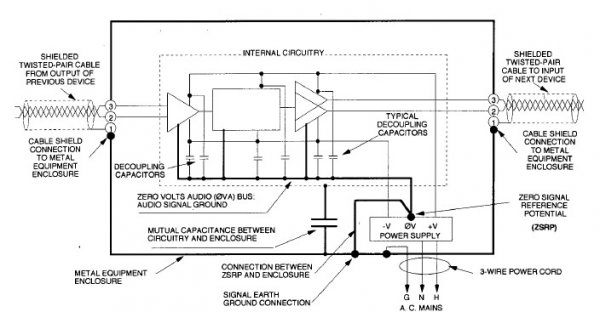I would've closed the thread and just had a poll if it was an option... there is no guise. In fact I think you're downright insulting for saying otherwise. That is especially since you bother to preclude that way and then continue to post a lengthy bit after.
I agree with CGabriel's initial comment.
I also agree with much of his remaining post as he is experienced with some good info to share. Especially in regard to SE's having in at least some instances (like mine) the potential to sound a tad more accurate over XLR.
Though I've not tried it yet, I did a little unrelated experiment a few years ago that leads me to believe potentially any amplification along the signal path is doomed to increased distortions. However slight they may be, it all adds up in the end. Since many balanced outputs (true or otherwise) approximately doubles the voltage from 2 volts (SE outputs) to 3.5 - 4 volts (XLR outs) I have to assume (based on my unrelated experiment) that amplified voltage step may well be introducing a bit more distortion and hence the final presentation being a tad less pristine and delicate.
I've been using XLR cables for maybe 14 years now primarily because it's always been a tad more dynamic (due to the additional voltage) and somewhere I have a list of little things to do which includes swapping out the XLR cables for SE ic's and I suspect I'll be mildly surprised with the results.







